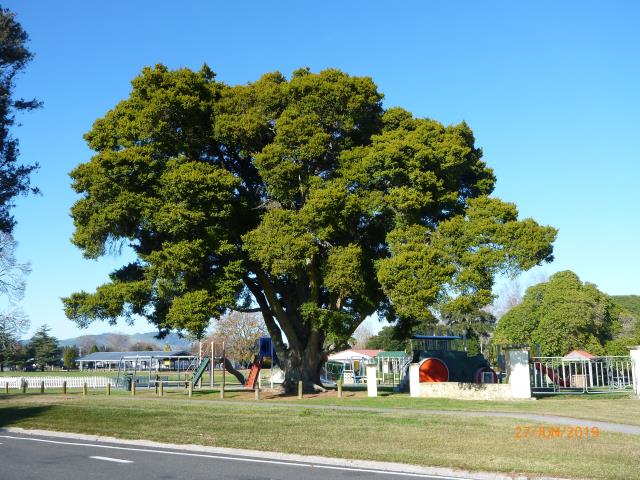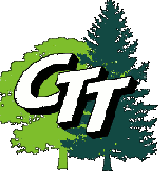
Totara (Podocarpus totara)
The glory of autumn has now departed, and whilst the bare branches of the deciduous trees still have their own special beauty, it is time to turn our attention for a few months to some more of the evergreen trees around Cambridge. This stunning Totara is to be found in the Leamington Domain near the playground. Endemic to the North Island and the north-eastern parts of the South Island (where it was known as Omakau), it is a lowland species found up to about 600m in altitude. Trees have juvenile, adolescent and mature forms, and female trees have bright red edible fruit. Totara can live up to 1800 years and may reach 30 metres in height with an enormous root system and a trunk of two to three metres in diameter. Regarded as a chiefly tree (rakau rangatira) by Maori, such was its prestige that when an important rangatira died, it is said that a mighty totara has fallen.
The totara is prized above all other trees by Maori who use it for making waka, houses, tools, weapons, musical instruments and toys. Importantly it is the best wood for carving with stone tools. The reddish stringy bark is used to make baskets to hold preserved birds. Since colonisation, totara wood, which is reddish, straight-grained and durable in water, has been used for joinery and furniture, fence posts, wharves and house piles, but is now becoming a rare resource.
The totara also has medicinal properties. The active substances are the diterpenes, totarol and its dimer, podototarin. which have antimicrobial properties, and podocarpic acid, which has astringent, febrifuge/anti-pyretic and oestrogenic properties. Testing has shown totarol to be effective against nematodes, protozoans, insect larvae and a number of bacteria including Mycobacterium tuberculosis, and possibly methicillin –resistant Staphylococcus aureus. It also has anti-inflammatory and antioxidant properties, and at present is mainly used topically for eczema, rash, anti-ageing creams, boils, toothpaste, sunscreen, shampoo, and soap. These antimicrobial substances do not develop in the tree until it is about 150 or 200 years old, which goes to show that we should treasure our old trees. You never know what they will come up with! (some information from The Meaning of Trees by Robert Vennell)

